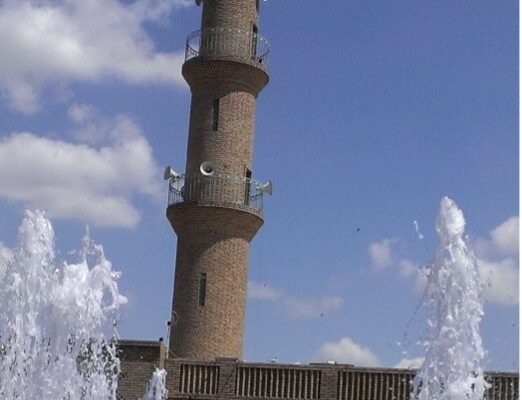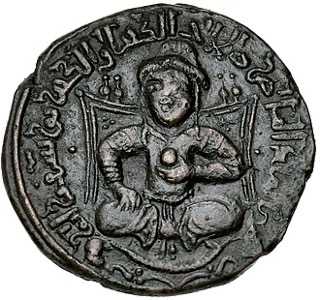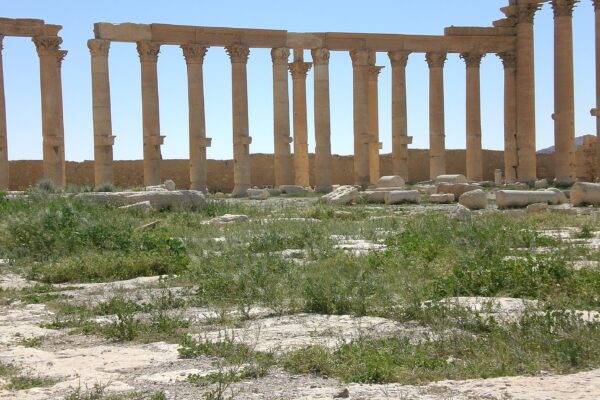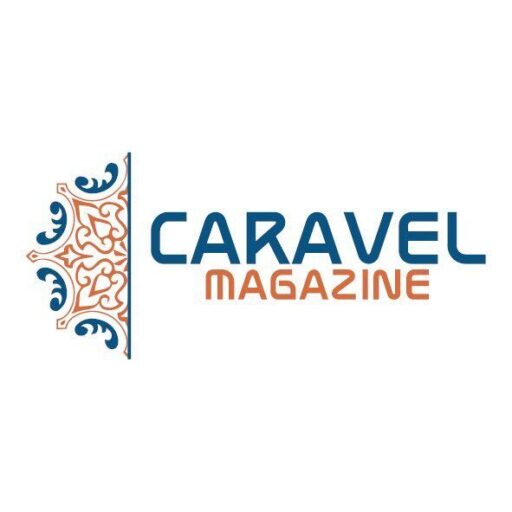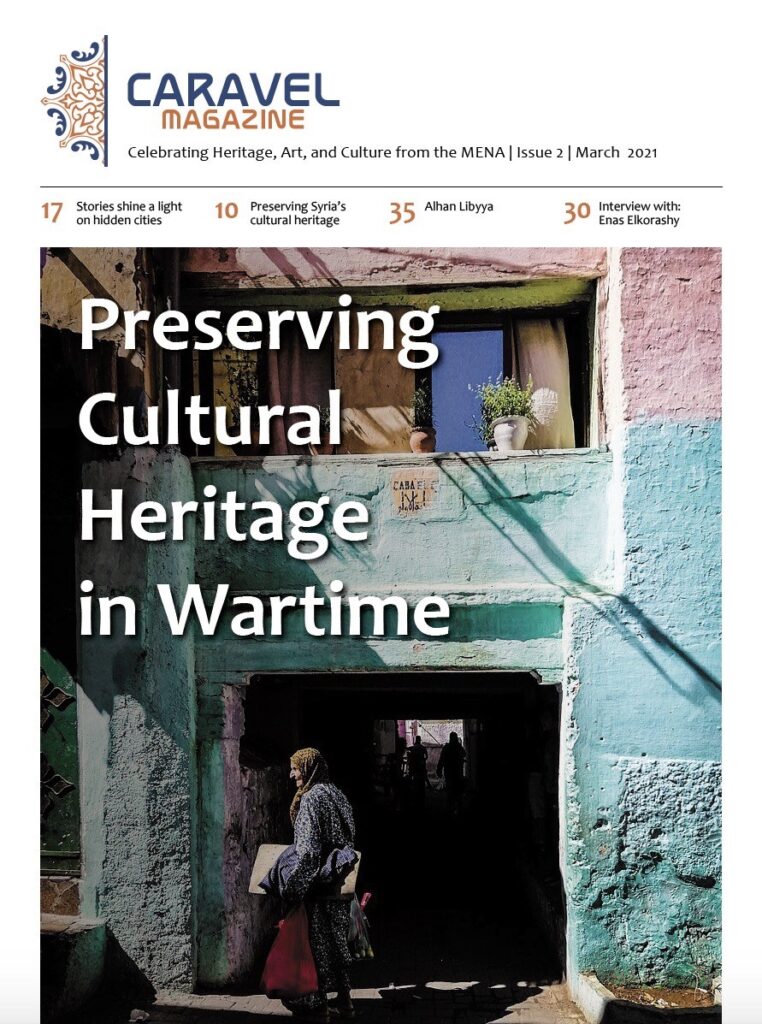Dr Kawa Amin
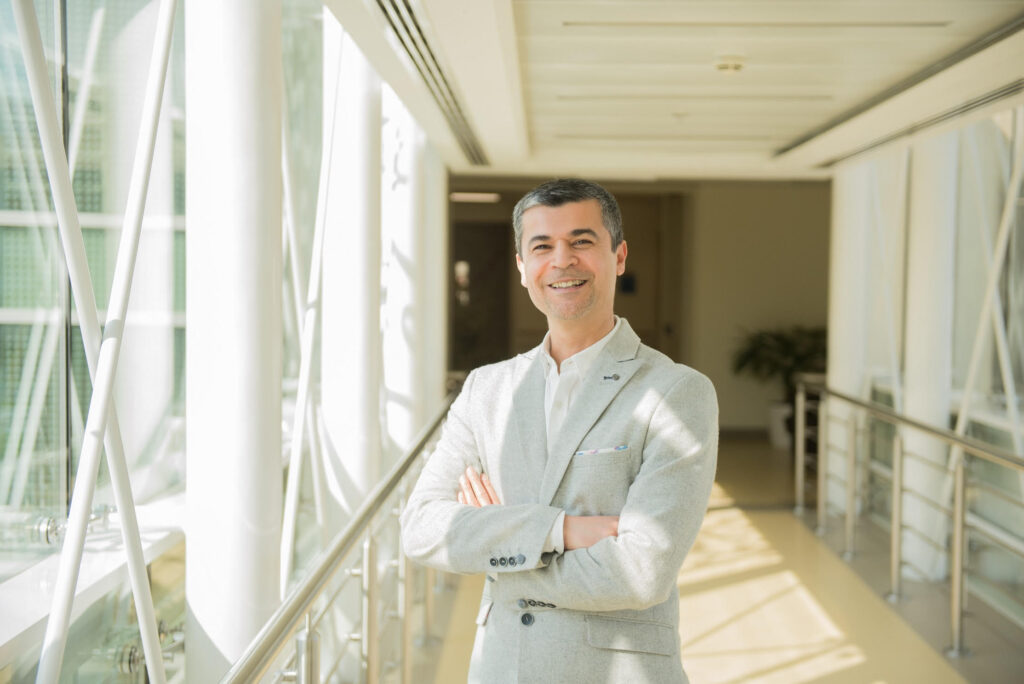
Preserving our children’s cultural heritage and identity is crucial for numerous reasons. Understanding and embracing cultural heritage is vital for our children as it helps them establish a deep connection with their roots, fostering a strong sense of identity and belonging. This connection boosts their self-esteem and confidence, laying a solid foundation for their future. By passing down age-old traditions, languages, and customs, we can ensure that our cultural heritage remains vibrant and dynamic for future generations.
Educating our children about their cultural heritage and that of others cultivates a profound respect and admiration for the rich tapestry of diversity. This can lay the groundwork for creating inclusive and harmonious communities. Over time, as a community, we become more productive contributors to national and global knowledge and prosperity.
Engaging with cultural practices can provide emotional support and stability, which is particularly important for children facing challenges or living in diaspora. They will not feel uprooted and disconnected from their history. Instead of starting from scratch and learning only from the local school, they can merge this new knowledge with the traditions and values of their homeland. Cultural knowledge can enrich children’s learning journeys, offering them a panoramic view and profound insight into the world.
To successfully transmit these values to our children and students, we can involve them in various activities:
1. Involving children in family traditions, such as celebrating cultural festivals, preparing traditional dishes, or participating in customs and rituals related to their culture. This will help them understand and appreciate their cultural heritage.
2. Setting up cultural workshops or classes in the local community, including traditional dances, music, and language, in a fun and interactive way.
3. Visiting museums and historical sites, attending cultural events, and learning about the history and artefacts of their culture.
4. Sharing stories and legends from their culture with children. Community centres can play an important role in summarizing myths and important events. Encouraging children to participate in community events, volunteer for cultural activities, and play roles and songs can be more effective.
5. If possible, travel to their country of origin or other places of significant cultural importance. Experiencing the culture firsthand can be a powerful way for children to connect with their roots.
Kurdish culture stands out as a remarkable tapestry, intricately weaving together three primary Middle Eastern heritages: Mesopotamian, Iranian, and Anatolian. The Kurdish people have deep roots in northern Mesopotamia, dating back to the dawn of civilization, and their influence has profoundly enriched this region’s cultural and historical landscape.
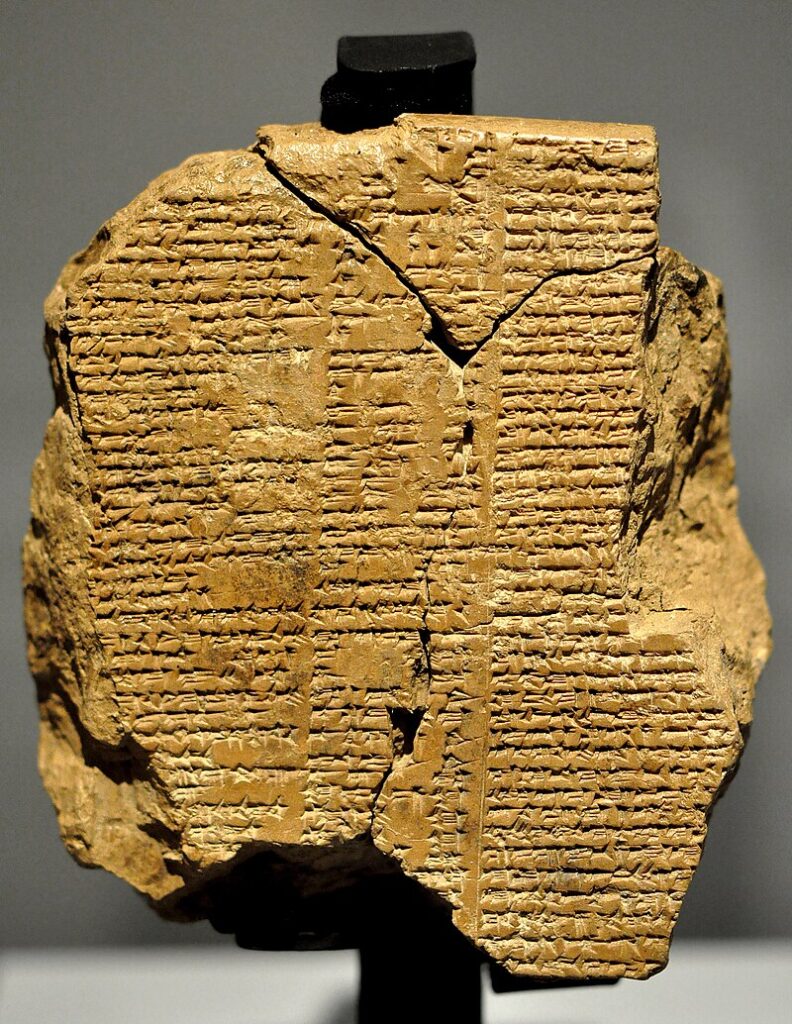
One of the most celebrated narratives emerging from this heritage is the Epic of Gilgamesh. This ancient tale not only explores profound themes of immortality and the essence of friendship but also recounts significant historical occurrences, such as the Great Flood. The adventures of Gilgamesh took place in Permagroon Peak, Iraq region of Kurdistan.
Another enchanting story within Kurdish folklore is that of Farhad and Shirin. In this romantic epic, Farhad—a skilled Kurdish engineer—plays a pivotal role in a love story that transcends generations. Similarly, the myth of Kawa the Blacksmith, a symbol of resistance and freedom, showcases the cultural depth of the Kurdish narrative tradition. In Anatolia, the rich mythology surrounding figures like Shahmaran illustrates further the interconnectedness of these neighbouring cultures.
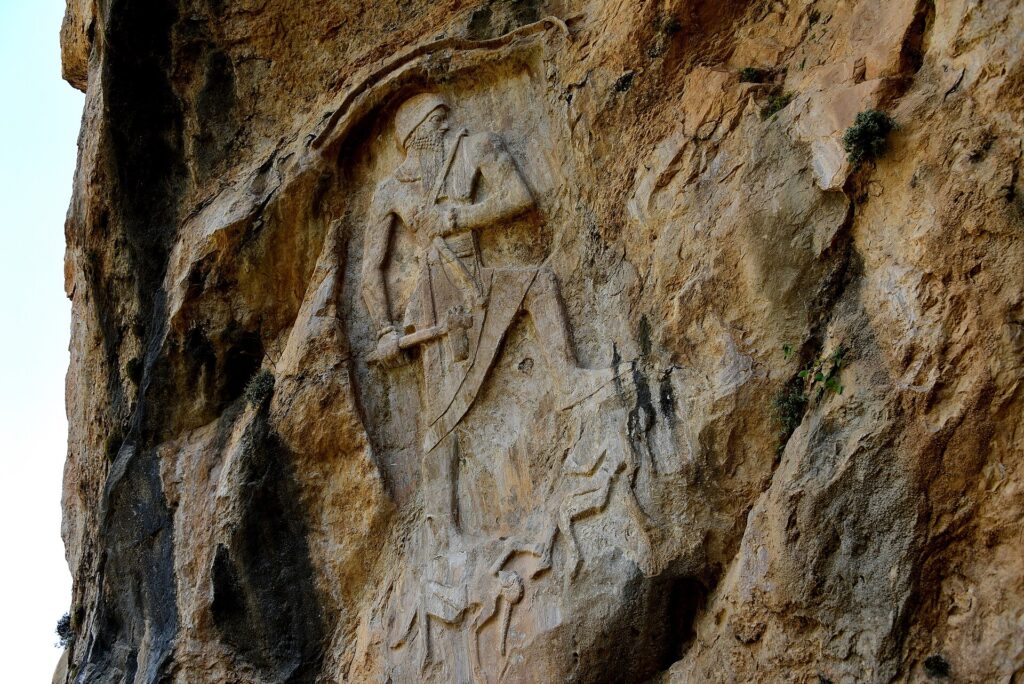
The presence of Kurdish heritage permeates various aspects of storytelling and artistic expression, evident in familiar tales like that of Aladdin and Sinbad, as well as in the artistry seen in traditional textiles and carpets. This rich cultural background provides a vital platform for embedding Kurdish identity into the broader tapestry of world heritage, ensuring it is cherished and passed down through generations.
Recognizing the importance of this cultural legacy, various organisations aim to foster a sense of pride and belonging among the Kurdish people and others in the region. In places like the UK and Qatar, dedicated community members have established Kurdish classrooms designed to teach children about their ancestral heritage, native language, and the significant historical narratives that have shaped their identities. These classrooms are more than mere spaces for learning; they are vibrant centres where children can discover their roots and engage with the captivating myths and historical events that illuminate the path of the Kurdish people. The ongoing efforts of such organizations play a crucial role in showcasing the authentic and rich historical culture of the Kurds to a wider audience, fostering understanding and appreciation of their unique contributions to the world.
Two examples can be mentioned related to this topic. The Peshraw Cultural Meeting is a vibrant organization that was established in 2020 by a dedicated group of Kurdish professionals residing in Qatar. Initially created to provide a Kurdish classroom for children in the diaspora, it has blossomed into a dynamic hub for regular gatherings that engage parents and the wider community.
At the heart of these meetings is a commitment to instil a deep appreciation for ancestral culture and the Kurdish mother tongue in the children. Each session serves as an enriching experience, where participants are immersed in the myths of the region, emphasizing the significant role Kurds have played throughout history.
Attendees are continually reminded of key historical dates that have shaped their heritage, fostering a collective identity and a shared vision for the future. This initiative not only aims to enrich the lives of Kurdish families but also seeks to bridge the gap between cultures by promoting a greater understanding of Kurdish traditions among non-Kurds. Ultimately, the Peshraw Cultural Meeting strives to become a recognized centre for the preservation and celebration of Kurdish heritage, ensuring that these rich customs and stories are passed down to future generations.
Nergis School in Sheffield, UK plays a vital role in supporting students at various levels, proudly offering Kurdish as a GCSE subject. This achievement not only enriches the educational landscape but also serves as a cornerstone for Kurdish cultural centres and activities throughout Sheffield, fostering a strong sense of community and identity.
Bio:
Kawa Amin is a consultant geriatrician and assistant professor of medicine at Qatar University, with interests in healthcare management and education. He holds several notable certifications and has been involved in various educational and academic activities. Dr. Amin has a passion for bridging philosophy and medical science. His work includes two published books:
Publication
- Frailty outreach ISBN-13 : 978-6139900404
- Life, death and Eternity ISBN : B0D4DVR89S

